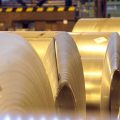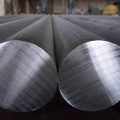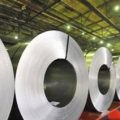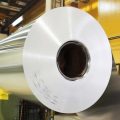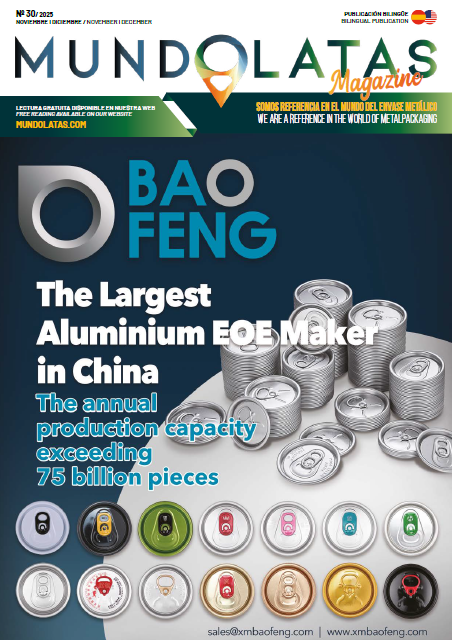Tariffs are historically imposed on countries to supposedly protect their producers, but threatens imports, producers from other countries. After many years, the United States had to abandon this policy because, according to the World Trade Organization (WTO), the North American country was violating the trade agreement. Not only that, the European Union threatened (and did) to impose tariffs on all U.S. goods. For many years the U.S. steel industry “enjoyed” these tariffs. Many jobs apparently increased, but, in contrast, the manufacturing industry lost many jobs. Protectionist policies never bring benefits in the long run and it is clear that they are only imposed for political interests.
Let’s mention some important milestones in the most recent history of the industry:
- In 2018, the US imposed a 25% tariff on imported steel.
- In 2017, the North American country produced 81.6 million metric tons of steel and imported 34.6 million metric tons of steel from 80 countries and territory.
- Also in 2017, China was the 10th largest exporter of steel to the US.
- China produces half of all the steel manufactured in the world.
- Donald Trump’s policies pushed U.S. steel prices to near a five-year high.
In March 2018, Trump announced that he was imposing a 25% tariff on all imported steel and a 10% tariff on all imported aluminum from most countries. In June, Canada, Mexico and the European Union were added to the list of targets. This, despite a letter signed by more than 1,100 economists urging him to reconsider those tariff plans. Even, according to Scott Buehrer, president of B. Walter & Co, a steel products manufacturer, the trade association of aluminum producers, spoke out against the tariffs because of “concerns about how it would affect their customers, which is why their industry received only a 10% tariff on imported aluminum instead of the 25% tariff imposed on imported steel.
On the one hand, this policy seems to have been beneficial, because indeed steel prices rose in the US, but also costs and not only that, it started a global trade war. Faced with high costs, steel consumers turned their eyes abroad and manufacturing activity slowed as a result of the trade war that had begun.
Summer 2018, domestic steel prices fall. The manufacturing sector enters recession in 2019 and some steel mills close, just before a new player on the scene – Covid.
The tariff policy likewise continued and by 2020, the US had imported 30% less than in 2018 and in the first quarter of 2021, 7.5% less compared to the same period last year. But domestic production has not increased. Consequence: shortages.
“Growing demand for steel and reduced supply due to lower domestic production and steel imports have reduced the available steel inventory, resulting in its current sky-high price.”
One awaits to see what the new Biden administration can do. What is clear is that raw materials such as steel and timber are in extremely short supply and this is having serious consequences in the manufacturing and construction sectors… as well as increasing inflationary pressures.
Already in May of this year, steel prices have reached record highs while inventory levels are at record lows. And, to top it off, delivery times to steel mills are double what they were years ago.
IS A STEEL BUBBLE IN THE MAKING?
According to the American media, CNN, mentions and according to Bank of America sources, a bubble is being prepared in the American steel sector. Despite the pandemic-accelerated slump in steelmaking, the reopening of the economy is fueling a steel boom so strong that “some are convinced it will end in tears.”
After bottoming out around US$460 last year, benchmark hot rolled steel prices in the United States are now sitting at around US$1,500 a tonne, a record high that is nearly triple the 20-year average. But, steel stocks are at historic lows as mentioned above.
THE END OF TARIFFS?
For their part, there seems to be progress. The United States and the European Union (EU) announced in mid-May the decision to open discussions to try to resolve the bitter dispute they have been having over steel and aluminum tariffs for the past three years. In view of this, the European Union has announced that it will temporarily suspend the stipulated increase in tariffs on U.S. products.
On the other hand, both administrations suggested a “union of convenience” to confront China.


